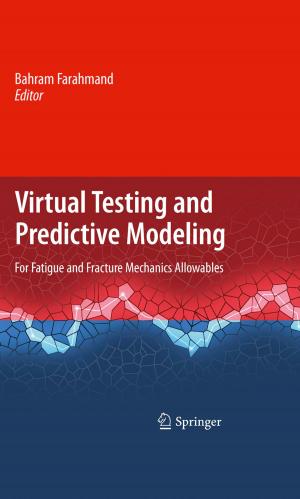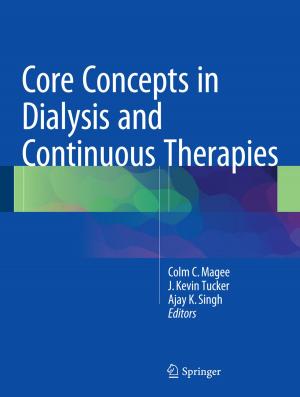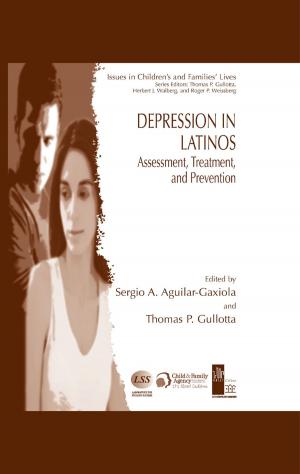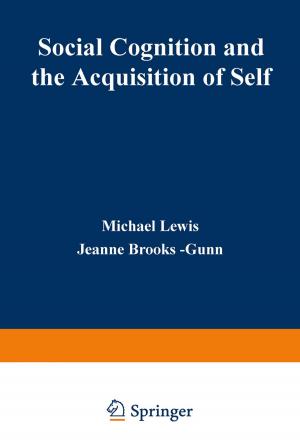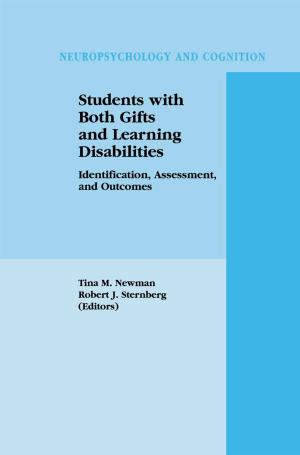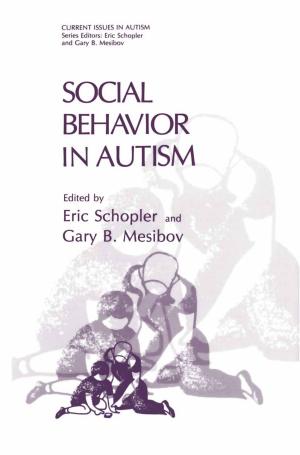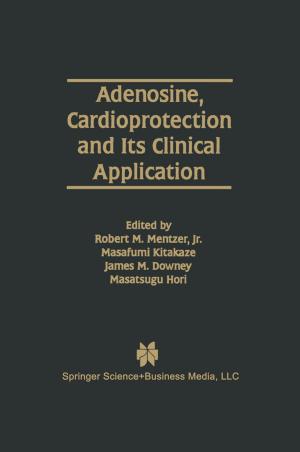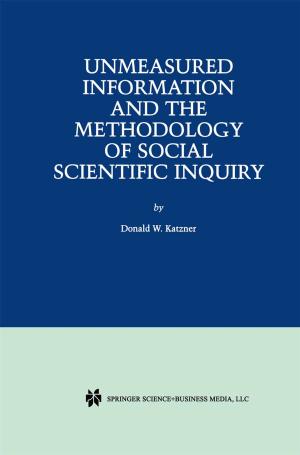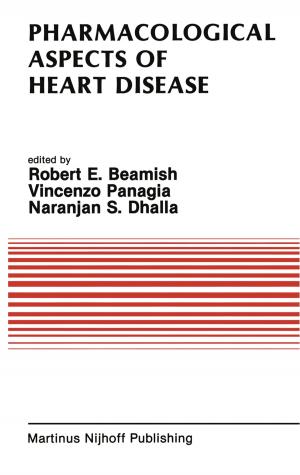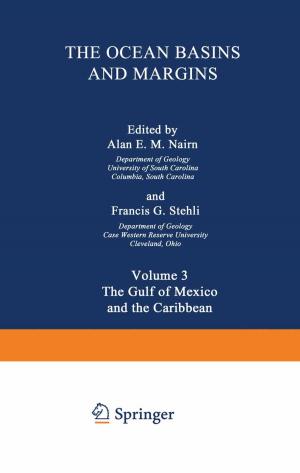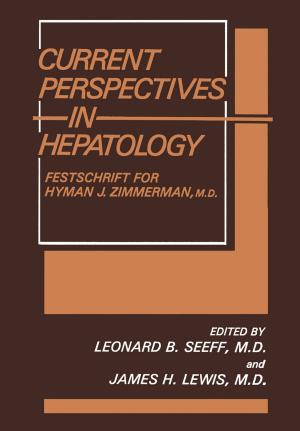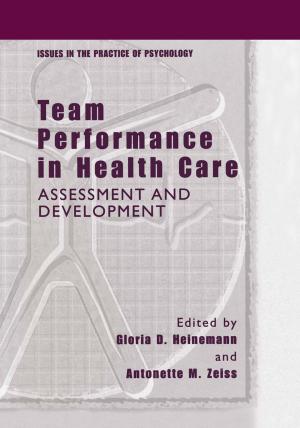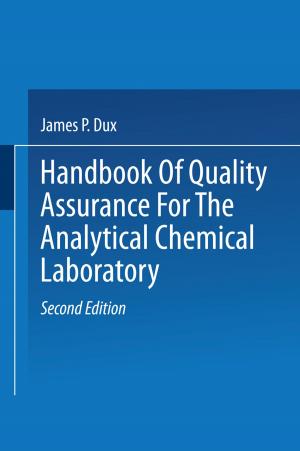Urolithiasis
Clinical and Basic Research
Nonfiction, Health & Well Being, Medical, Specialties, Internal Medicine, Nephrology| Author: | ISBN: | 9781468489774 | |
| Publisher: | Springer US | Publication: | April 17, 2013 |
| Imprint: | Springer | Language: | English |
| Author: | |
| ISBN: | 9781468489774 |
| Publisher: | Springer US |
| Publication: | April 17, 2013 |
| Imprint: | Springer |
| Language: | English |
In 1968 Drs. B. E. C. Nordin and A. Hodgkinson organized the First International Symposium on Urolithiasis Research in Leeds, England. One hundred and five participants from continental Europe, Great Britain, and the United States met to review their work and exchange ideas regarding the formation of urinary calculi. This meeting achieved several important goals. It pulled together a nidus of workers in the many scientific disciplines that relate to urolithiasis. This nidus served as the seed for research growth in a complex, interdisciplinary field. It established a forum for con tinuing communication in urolithiasis research with subsequent sym posia being held every 4 years. The Williamsburg Symposium was the fourth in the Leeds-Madrid Davos series involving 186 participants from throughout the world. A stated emphasis was on clinical research under way in the field. There were no invited speakers and for the first time the 41 papers that were presented orally at the meeting were selected from 184 submitted abstracts. A total of 134 papers were presented in the poster sessions in the afternoons where informal exchange between interested participants and investigators could occur without the restrictions of a plenary session. Virtually all areas of urolithi asis research from the most fundamental physical chemistry to clinical patterns of disease and specific modes of treatment were presented, reviewed and discussed during the meeting.
In 1968 Drs. B. E. C. Nordin and A. Hodgkinson organized the First International Symposium on Urolithiasis Research in Leeds, England. One hundred and five participants from continental Europe, Great Britain, and the United States met to review their work and exchange ideas regarding the formation of urinary calculi. This meeting achieved several important goals. It pulled together a nidus of workers in the many scientific disciplines that relate to urolithiasis. This nidus served as the seed for research growth in a complex, interdisciplinary field. It established a forum for con tinuing communication in urolithiasis research with subsequent sym posia being held every 4 years. The Williamsburg Symposium was the fourth in the Leeds-Madrid Davos series involving 186 participants from throughout the world. A stated emphasis was on clinical research under way in the field. There were no invited speakers and for the first time the 41 papers that were presented orally at the meeting were selected from 184 submitted abstracts. A total of 134 papers were presented in the poster sessions in the afternoons where informal exchange between interested participants and investigators could occur without the restrictions of a plenary session. Virtually all areas of urolithi asis research from the most fundamental physical chemistry to clinical patterns of disease and specific modes of treatment were presented, reviewed and discussed during the meeting.

